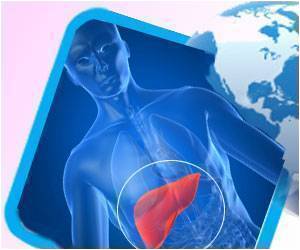A study shows maternal phone use reduces infant speech input by 16%, varying throughout the day based on parental phone usage patterns.
- Maternal phone use correlates with a 16% reduction in speech input to infants
- The impact varies throughout the day based on phone usage patterns
- Real-world data provides new insights into balancing digital and caregiving duties
Mothers speak less to infants during detected real-world phone use
Go to source).
Maternal phone use reduces infant speech input by 16%, impacting language development. #infanthealth #medindia #speech’
Study Reveals Real-World Impact
A study by the University of Texas at Austin, published in the journal Child Development, is the first to combine objective speech markers (using audio recorders worn by infants) and data from maternal cell phone logs. This research examines the real-time effects of phone use on speech directed at infants in everyday situations. Researchers discovered that maternal phone use correlates with a 16% overall reduction in speech input to infants during real-world interactions at home. The impact of phone use on speech varied throughout the day, likely due to different parental phone usage patterns while caring for their infants.Key Findings and Patterns
Dr. Miriam Mikhelson and Dr. Kaya de Barbaro from the University of Texas at Austin observed real-time changes in infants' speech input during maternal phone use, using data collected from mother-infant pairs at home through audio recordings and phone logs. By comparing infants' speech input on a one-minute time scale, they found a 16% decrease during phone use, with shorter phone use instances (1-2 minutes) causing an even greater 26% decrease. The association between phone use and speech input varied throughout the day, reflecting the different ways parents use phones and their distinct effects on children's language development.Balancing Phone Use and Childcare
Although the study shows a link between phone use and decreased speech input, the specific factors driving this association and the long-term effects on language learning remain unclear.Dr. Mikhelson and Dr. de Barbaro stress that phone use does not have a uniform negative impact on children's speech input. They advise new parents to be mindful of how phone use can affect their responsiveness to their child's needs. Consistent and responsive care is crucial for infants, but the allure of smartphones can make this challenging. Some parents may not be able to put their phones away due to work or other responsibilities, but they should strive to balance phone use and caregiving.
The researchers were surprised by the overall quantity of phone use among participants, averaging 4.4 hours per 12-hour period. They are curious about the most common categories of phone use and how they differ from those of non-caregivers. Future studies should assess the impact of different types of phone use and contexts on parental speech rates and prioritize diverse participant samples to understand better how various populations engage with smartphones.
Dr. Mikhelson and Dr. de Barbaro's research, leveraging advances in wearable sensor technology and multimodal data collection, provides a more accurate measure of parent and child behavior at home. This study paves the way for future research to explore the nuanced effects of phone use on children's language development.
Being aware of how easily we become consumed by our phones is an important first step.
Reference:
- Mothers speak less to infants during detected real-world phone use - (https://srcd.onlinelibrary.wiley.com/doi/10.1111/cdev.14125)
Source-Medindia












